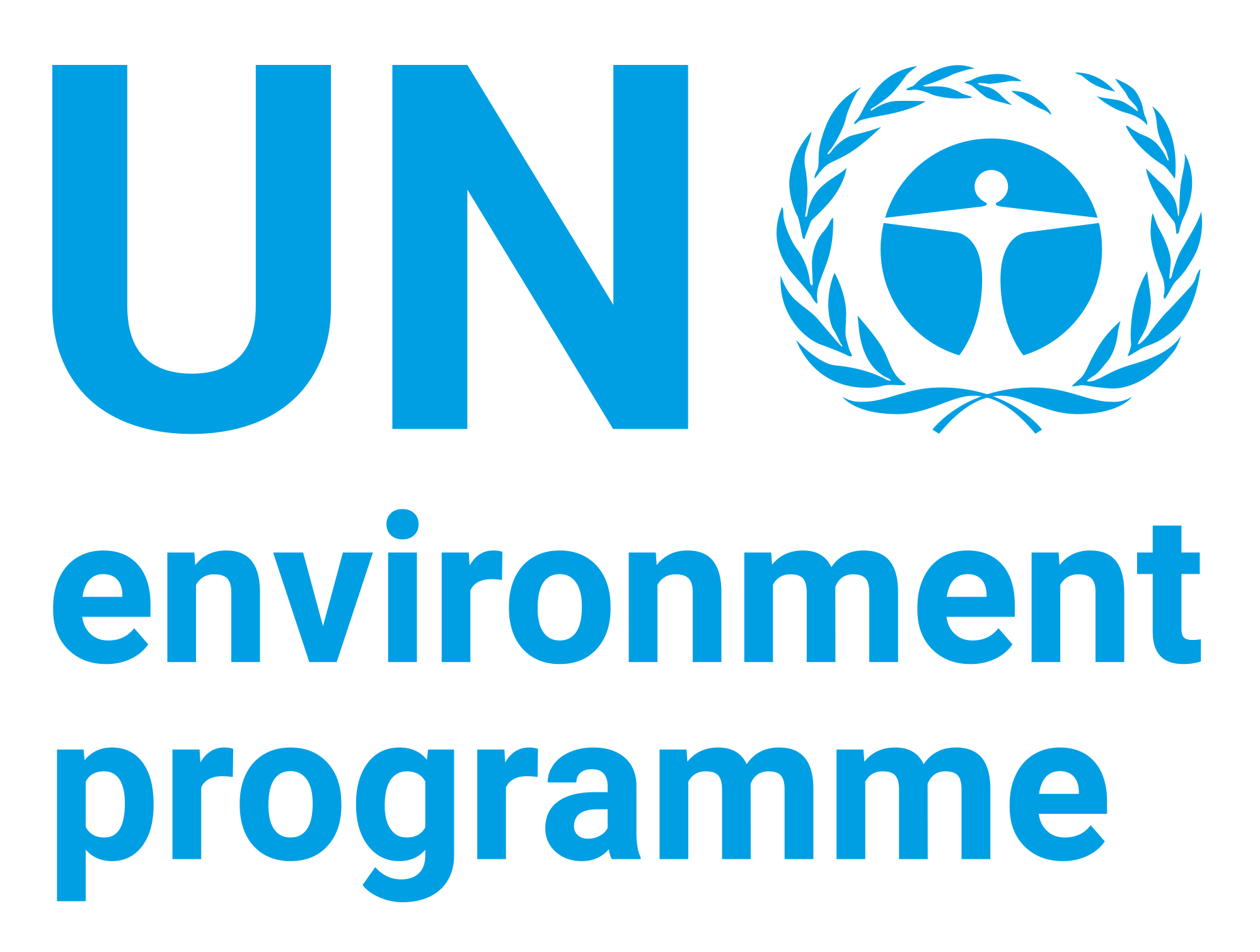| dc.contributor | Economy Division | en_US |
| dc.contributor.author | United Nations Environment Programme | en_US |
| dc.contributor.author | World Health Organization | en_US |
| dc.coverage.spatial | Global | en_US |
| dc.date.accessioned | 2019-08-20T20:37:27Z | |
| dc.date.available | 2019-08-20T20:37:27Z | |
| dc.date.issued | 1979 | |
| dc.identifier.isbn | 92 4 154073 7 | en_US |
| dc.identifier.uri | https://wedocs.unep.org/20.500.11822/29538 | |
| dc.description | Carbon and oxygen combine to form either carbon monoxide (CO) (incomplete combustion) or carbon dioxide (CO,) (complete
combustion). Whereas carbon dioxide is inert, carbon monoxide is a potent poison owing to its ability to form strong bonds with
the blood pigment, haemoglobin. Carbon monoxide is produced naturally, but the major man-made source is the motor vehicle -
especially petrol-driven cars. Cigarette smokers subject themselves to further exposure by inhaling CO in the smoke. | en_US |
| dc.format | Text | en_US |
| dc.language | English | en_US |
| dc.rights | Public | en_US |
| dc.subject | environmental health | en_US |
| dc.subject | carbon | en_US |
| dc.subject | chemistry | en_US |
| dc.subject | carcinogen | en_US |
| dc.subject | mutation | en_US |
| dc.subject | health | en_US |
| dc.subject | smoking | en_US |
| dc.subject | tobacco | en_US |
| dc.title | Carbon Monoxide - Environmental Health Criteria 13 | en_US |
| wd.identifier.sdg | SDG 3 - Good Health and Well-being | en_US |



